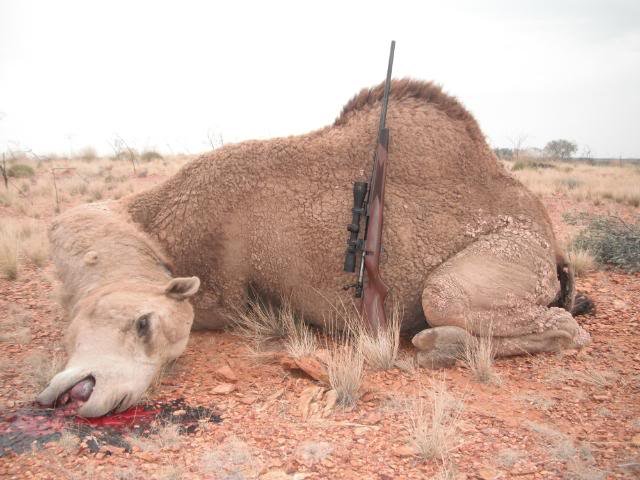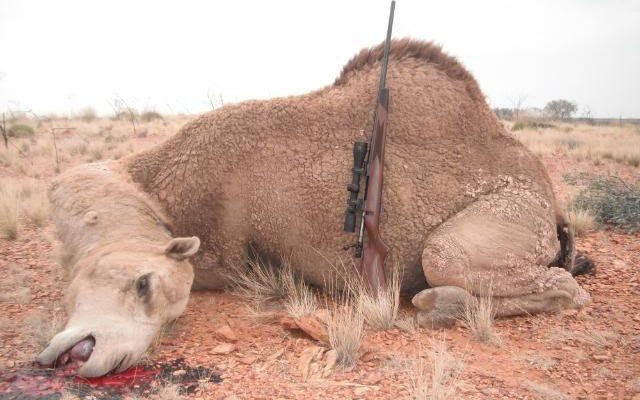
These remarkable animals have adapted to life in extreme conditions, and their hunting strategies are as intriguing as their diet. You could liken their feeding habits to a well-planned buffet, where every morsel counts and waste is simply not an option. Now, let’s dig deeper into what makes these creatures so incredibly resilient and resourceful.
Understanding the Camel’s Diet
Camels are herbivores, which means they primarily eat plants. You might picture them munching on lush grass, but here’s the thing: in their natural habitats, grass is often scarce. Instead, camels have adapted to feast on a variety of vegetation that most animals would find unpalatable. They munch on dry grasses, leaves, and even thorny plants like acacia. When water is scarce, they can rely on these tough, fibrous foods.
One of the amazing things about camels is their ability to go long periods without drinking. They can survive on the moisture found in the plants they eat. Imagine being able to sustain yourself just from the food you consume! This adaptation is crucial for their survival in arid climates where water sources are few and far between.
When food is available, camels can really pack it away. They are known to eat up to 30 pounds of food each day. Their unique digestive system helps extract the maximum amount of nutrients from their tough diet. It’s a bit like having a highly efficient recycling system in your body, allowing them to make the most out of every bite.
Water Conservation: A Survival Strategy
You might think that camels store water in their humps, like a reservoir waiting to be tapped. While that’s a common myth, the truth is a bit different. Camels do have fat stored in their humps, which can be converted into energy when food is scarce, but they don’t store water there. Instead, they have developed a number of body adaptations that help them conserve water, allowing them to thrive in the desert.
For starters, camels can drink a lot of water in one go—up to 40 gallons in just a few minutes if they’re really thirsty! Their bodies can also tolerate a loss of up to 25% of their body weight due to dehydration, which would be fatal for most other mammals. This incredible ability to withstand dehydration has given them a big advantage in harsh environments.
When camels do drink, they can rehydrate quickly, which is essential after long journeys. Their kidneys and intestines have special adaptations that help them retain as much water as possible. So, during those times when you see that camel calmly munching away, you can bet that they are also cleverly managing their water intake.
Camels as Foragers: How They Hunt for Food
While camels aren’t hunters in the typical sense, they are excellent foragers. Foraging is the act of searching for and obtaining food from the environment. Camels use their keen sense of smell and excellent eyesight to locate food sources. They can detect plants that are hiding under the sand or those that are only available during certain seasons.
When foraging, camels often travel long distances in search of food. Think of it like an epic treasure hunt, where they navigate the sandy terrain, using their instincts and knowledge of the land to seek out hidden plant treasures. This behavior is crucial for their survival, as it allows them to find enough sustenance to keep going.
You might also be surprised to learn that camels are social creatures. They often forage in groups, which allows them to cover more ground and find food more efficiently. Working together helps them stay safe from predators as well, ensuring the survival of the herd.
Adaptations for Desert Life
Camels are equipped with some pretty fantastic adaptations that help them thrive in the desert. Their long legs raise them above the hot sand, while their wide, padded feet prevent them from sinking. This is much like how snowshoes work in deep snow, keeping them balanced and able to move swiftly over the terrain.
Their thick fur helps insulate them, providing warmth at night while also reflecting the sun’s rays during the day. So, while it might seem like a hot, sunny day would be unbearable, camels are actually quite comfortable. Their bodies are designed to dissipate heat efficiently, allowing them to avoid overheating.
And let’s not forget about those long eyelashes and the ability to close their nostrils. These features help protect them from sandstorms. It’s like nature gave them built-in sunglasses and a nose mask! This way, they can continue their search for food and water without being hindered by the harsh elements.
The Role of Camels in Their Ecosystem
Camels play an important role in their ecosystem. As herbivores, they help maintain the balance of plant life in their environment. By feeding on certain plants, they encourage new growth and help prevent overgrazing. Think of them as nature’s caretakers, ensuring that the desert stays healthy and balanced.
Also, when camels move through their habitat, they help with seed dispersion. As they eat, they consume seeds and then excrete them, allowing for new plants to grow in different areas. This natural process benefits the overall health of the ecosystem, contributing to biodiversity.
Furthermore, camels are crucial for many human communities that live in arid regions. They provide transportation, milk, and food for people who rely on them for survival. This relationship highlights the interdependence between camels and humans, showcasing how they share the same environment and resources.
In exploring the diet and hunting strategies of camels, it’s clear that these creatures are marvels of adaptation. From their unique foraging techniques to their incredible water conservation abilities, camels embody resilience in the face of harsh conditions. They remind us of the wonders of nature and how life can flourish even in the most challenging environments.
So, the next time you think of camels, picture those long journeys across the desert and the clever strategies they use to find food and water. They’re true survivors and an integral part of the ecosystem. Whether you’re fascinated by nature or just curious about these incredible animals, understanding their diet and hunting methods gives you a deeper appreciation for their role in the world.

